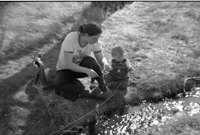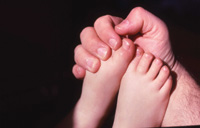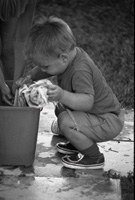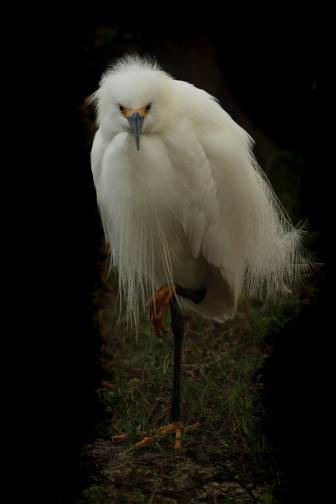A Life In Photography; Reflecting Back On A Treasure Trove Of Memories
Photography is a wide-ranging
field that engenders passion in its practitioners, and like all great
forms of expression creates opinions formed through experience and reflection.
In its early days one of the great debates was: Is Photography Art?
This was the subject of many essays and heated discussions among players
and spectators. Today, issues such as film vs. digital, format choices,
the validity of computer generated images, photography as exploitation
or revealer, and even the merits of ink jet vs. silver prints cause
similar debate. We are opening this department up to readers, manufacturers,
and retailers--in short, everyone who lives and breathes photography
and who has an opinion about anything affecting imaging today. |
|||
I was never more intent. The
sound of people visiting, the noise of holiday dinner being prepared,
presents under the tree, and the movement of furniture as tables and chairs
were arranged to accommodate all the people. My uncles moved around the
scene, holding their Argus C3s to their eyes, and then I'd hear
a pop as a flash bulb went off. If I hurried, I could be there in time
to see them grab the burned flash bulb with a handkerchief, pop the release
on the flash gun, and then drop the bulb into a nearby ashtray. Never
into the wastebasket with the danger of fire! There would be muffled curse,
under the breath, when someone burned his hand in the process. |
|||
I entered into a 3-year apprenticeship
with him, buying my first and second cameras, a used Pentax H1a and a
new Ricoh Singlex TLS with Vemar, Vivitar, and Lentar lenses. I used one
camera body for 35mm color, and the other for black and white. I learned
time exposures, nature shots, architecture, and people portraits. With
the camera, I met people, extended my relationships, and learned that
the little viewfinder defined and limited my vision and at the same time
increased my visual communication skills. |
- Log in or register to post comments




































